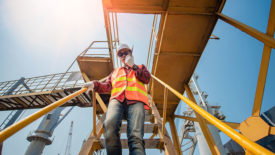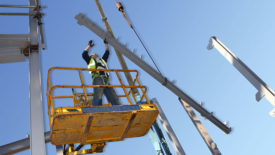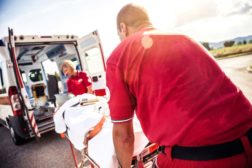Home » Keywords: » fatal injuries
Items Tagged with 'fatal injuries'
ARTICLES
OSHA: Safety violations at Alabama paper mill caused fatal electrocution
Inspection finds company ignored hazard control procedures
April 19, 2023
Cover Feature
The 10 most dangerous jobs in the U.S.
Workers in one of these industries are at highest risk of death
March 20, 2023
Workplace fatalities increased nearly 9% in 2021
Latest BLS report reveals highest annual rate since 2016
January 5, 2023
Never miss the latest news and trends driving the safety industry
eNewsletter | Website | eMagazine
JOIN TODAYCopyright ©2024. All Rights Reserved BNP Media.
Design, CMS, Hosting & Web Development :: ePublishing










